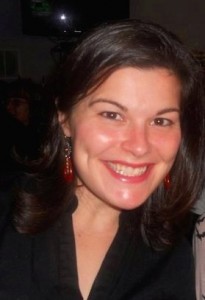
Rohit Bhargava
The Likeability Gap: How Personal Relationships Will Make (Or Break) The Future Of The Arts
Posted by Oct 03, 2012

Rohit Bhargava
 Rohit Bhargava
Rohit Bhargava
For Nate Dern, the unlikely path to acting micro-stardom would come from a simple three-letter catchphrase that most people would barely consider a word.
As the artistic director of the Upright Citizens Brigade Theater in New York and a sociology PhD student at Columbia University, Nate had spent years auditioning for different roles. In late 2011, he landed a gig acting in a national commercial for AT&T Wireless called “Responsibilities.”
In the ad, a manager-type character dishes out unexpected responsibilities to his team because with their new Blackberries, they can “do more faster.” He tells one worker to upload more pictures of her baby to YouTube. He tells another to make sure and check in everywhere he goes on Foursquare. And he tells the character played by Nate Dern to keep updating his fantasy team – to which Nate replies “huh?”
It’s a funny ad and rapidly went viral on YouTube racking up several hundred thousand of views in a matter of hours. The source, however, for the majority of the early traffic was a site that no one would have expected: Reddit.com.
Reddit is an online link sharing forum mostly used by geeks talking about technology. So why was a community for techies driving hundreds of thousands of views of a funny AT&T ad?
It turns out that one of the active members of that Reddit community was Nate Dern—and as the commercial first aired, he posted this simple message on the community:
“Hi Reddit. After three years of auditioning, I booked my first commercial. I say "Huh?" in this AT&T spot. Just wanted to share.”
Read More

 Shoshana Fanizza
Shoshana Fanizza







 Katherine Mooring
Katherine Mooring




